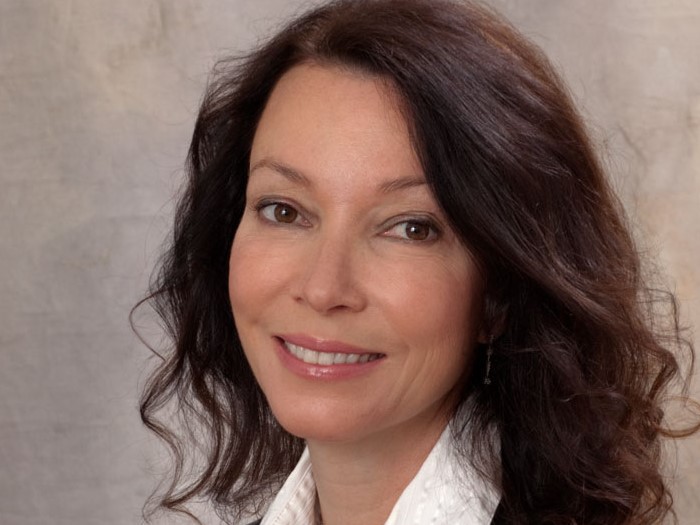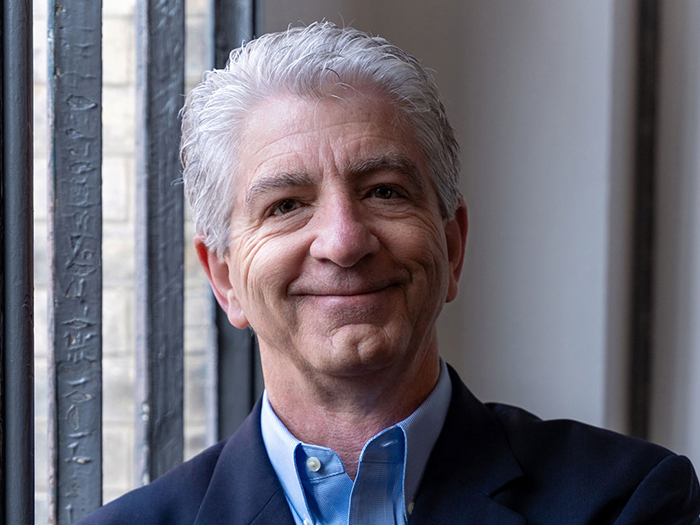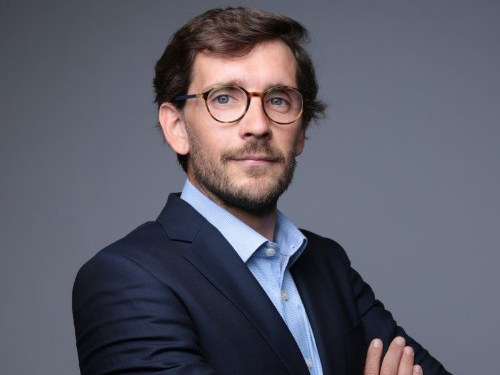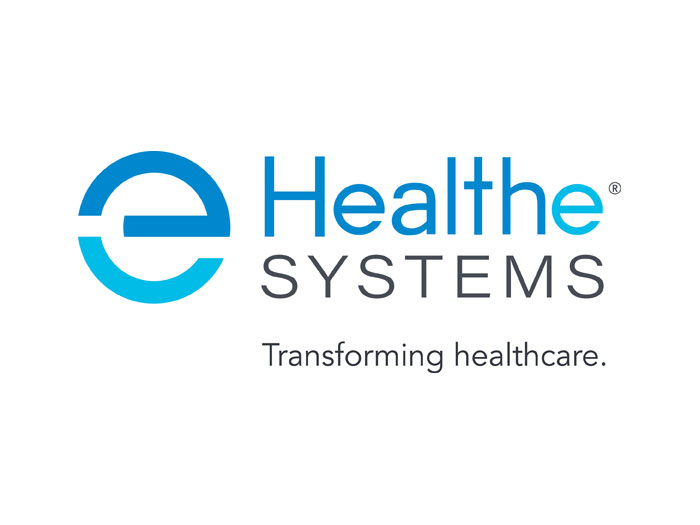Column: Roger's Soapbox
Now and Then
Following an injury last summer, instructed to keep my leg elevated, I watched hundreds of black-and-white kinescopes of the 1950s American TV show “What’s My Line?” on YouTube. I’d seen the English version as a kid.
What a joy those programs were. In comparison to today’s debased standards, this was an era of great sophistication.
A TV panel show in which tuxedoed brainboxes used words of four syllables, rather than four letters: Imagine how popular that would be today. (Temporally and culturally, the 1950s are a long way off. Program sponsor American Airlines served 77 cities in 1955; it now flies to almost 1,000.)
Many jobs are less specialized than they were back then, with the reverse true in insurance, which is counter-cyclical to the bone.
The “What’s My Line” panel had to guess contestants’ occupations. Many of the jobs held down in the 1950s are no longer in existence. Partly that is because unusual jobs were a staple on the show — for example, a diaper inspector or a trash can vendor.
More importantly, many of the jobs people did in the mid-1950s have been replaced due to a range of factors such as automation, changing public tastes, or governmental interference.
Many jobs are less specialized than they were back then, with the reverse true in insurance, which is counter-cyclical to the bone. There are today only two types of work: real jobs, requiring manual effort (such as driving or prize fighting), and knowledge work, a.k.a. tap dancing.
Presumably, the insurance fraternity (as it was exclusively, back then) of the 1950s would have argued that it employed the most modern techniques available in the assessment of risk, but it’s hard to imagine today how the industry could have functioned.
No models on which to rely, or which to blame.
Databases (of a sort) with a minuscule fraction of the information regarded now as the absolute minimum.
Keenly restricted entry into the industry. No need for networking, because in those days, everyone knew everyone. Three-martini lunches, which must have rendered concentration difficult in the afternoons.
A paucity of regulation, in the insurance industry and in general, because way back then, a man’s word meant something. (Don’t try this at home.)
Despite what we would consider those insuperable deficiencies, the insurance industry made money, and how: To be a name at Lloyd’s in those days required, and further provided, real wealth.
People afforded each other greater respect 60 years ago than they do today. Then as now, however, insurance was considered a stuffy occupation.
Bennett Cerf, the Random House co-founder and anchor panelist on “What’s My Line?” would on occasion say to a contestant something along the lines of: “You look highly respectable. Are you in insurance?”
There is one other aspect in which the TV show of the 1950s and today’s insurance industry closely resemble each other.
“What’s My Line?” was run with “a velvet whip” by its moderator, John Charles Daly, a multiple Peabody-, Emmy and Golden Globe-winning journalist. The program was live, which meant that the stars shone only with Daly’s permission.
The regulator today plays that role in the insurance industry. Of course, the personalities of the TV show undermined their moderator all the time, something which surely never happens to the regulators of the 21st century insurance sector.










